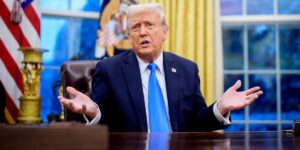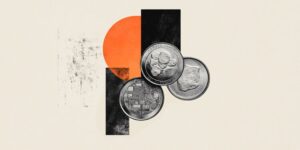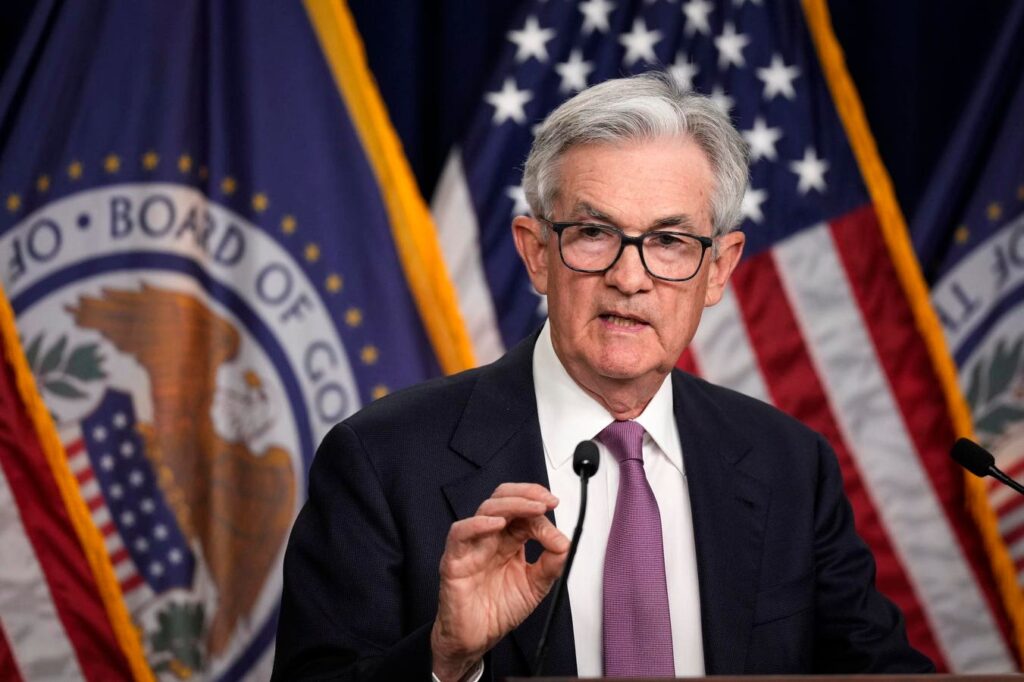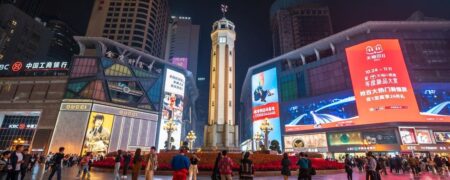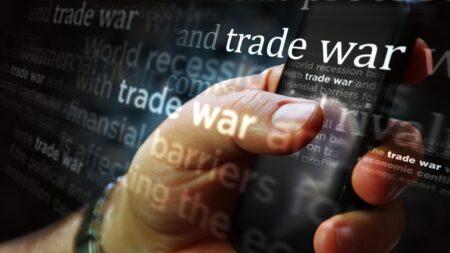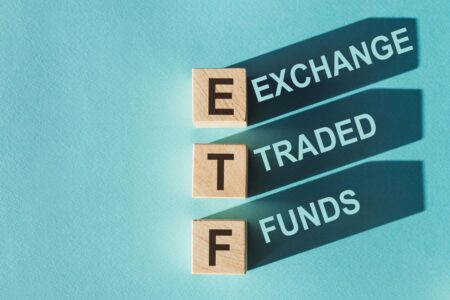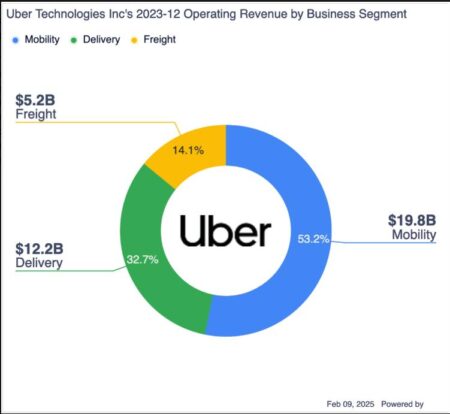As the Federal Reserve focuses hitting their 2% annual inflation goal, so government policies may complicate decision making. Tariffs are likely to increase some domestic prices, though their scope remains unclear. Chinese tariffs are implemented but others are paused or not yet in effect.
Inflation’s Recent Acceleration
For inflation, prices have already accelerated slightly since September. That’s before any tariff impact. The acceleration is due to a range of factors. Most importantly, shelter costs continue to rise but also energy prices have generally risen and egg prices have surged to all-time highs, together with various service costs. However, compared to 2022-2023 where inflation exceeded 9% at its peak, the recent acceleration in inflation has been moderate with inflation closer to 3% than the FOMC’s 2% target.
The Impact of Tariffs
The Trump administration’s policies could may further price rises. Though the full scope of tariffs remains unclear, tariffs will likely raise prices for a range of imported products potentially fueling at least a one-off increase in inflation. The minutes of the Federal Open Market Committee meeting from January stated that “Business contacts in a number of Districts had indicated that firms would attempt to pass on to consumers higher input costs arising from potential tariffs.”
That said, the scope of tariffs remains unclear. An additional 10% tariff on Chinese imports has been implemented. A 25% tariff on steel and aluminum imports is set to go into effect on March 12. A 25% tariff on imports from Canada and Mexico is paused until March and could see further revision. In addition, other tariffs have been floated such as tariffs related to digital service taxes, as reported by Reuters, but any implementation details are not yet known
Limits on immigration may have an impact on service costs too, since immigrants have filled jobs in many of those industries in recent years. A reduction in immigration may make it harder for certain industries to find workers at prevailing wages.
Other factors could bring certain prices lower. If energy production increases, that may, all else equal, bring the price of oil and gas down, which is an input costs to many products and services. The second order impact of tariffs is also unknown, for example China has implemented various tariffs on American imports that could impact demand in a way that causes firms to adjust domestic pricing.
Other Factors Shaping Inflation
Inflation will not be driven by government policy alone. For some time, shelter costs have been expected to ease and these make up a major part of many inflation series. Should this occur, it may help bring inflation lower. The surge in egg prices is also likely to reverse once the impact of avian flu is more contained.
The trajectory of economic growth will likely impact inflation too, if the economy remains relatively strong that will likely support firmer pricing. However, if the economy weakens pricing could ease.
What To Expect
Tariffs add risk to the FOMC’s decision making in 2025. As stated in the minutes from the January meeting, “The risks around the baseline projection for inflation were seen as skewed to the upside because core inflation had not come down as much as expected in 2024 and because changes to trade policy could put more upward pressure on inflation than the staff had assumed.”
As the jobs market has remained generally robust, so the FOMC has maintained patient in waiting for inflation to fall to 2%. The impact of tariffs in 2025, could mean interest rate cuts are further delayed with one or two interest rate cuts viewed as most likely this year according to fixed income markets.
Read the full article here




